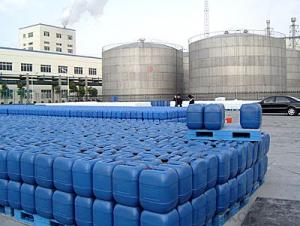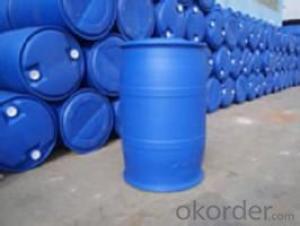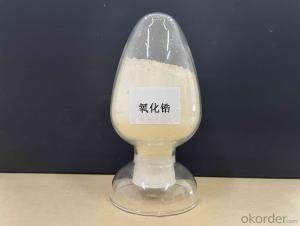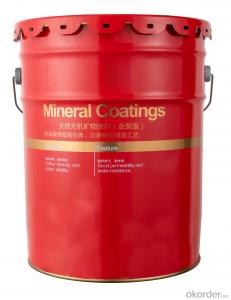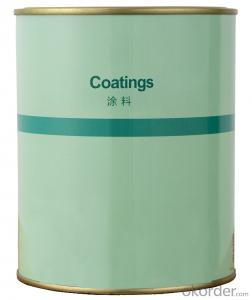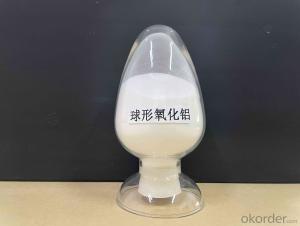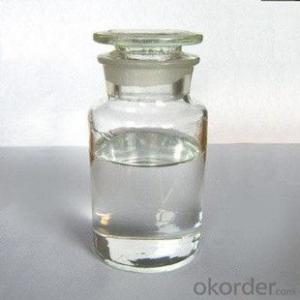Dioctyl Phthalate (DOP) Alternative DEDB for PVC Plasticizer
- Loading Port:
- Tianjin
- Payment Terms:
- TT OR LC
- Min Order Qty:
- 16.8
- Supply Capability:
- 8000 m.t./month
OKorder Service Pledge
OKorder Financial Service
You Might Also Like
Product performance:
Polyol Benzoate (DEDB) is colorless or pale yellow transparent oily liquid, water-insoluble, soluble in aromatic hydrocarbons, ketones and ethers, and has good compatibility withpolyvinyl chloride, ethylene - vinyl acetate copolymer, poly vinyl acetate, polymethylmethacrylate, polyvinylbutyral, nitrocellulose, and ethyl cellulose, etc.
Product application:
Polyol Benzoate(DEDB) is an environmentally friendly plasticizer with the characteristics of strong solubility, good compatibility, low volatility,resistant to oil, water, light, pollution etc. It is suitable for processing PVC flooring material, plastisol, artificial leather, cable material, soft and hard pipe, shoes material, rubber strips, synthetic rubber, and paint, printing ink, etc. It has a better plasticized effect if it is used together withDOP or DBP, and has greatly achieved the purpose of reducing cost .
Product quality index
Item | First grade | Second grade |
Chroma(APHA) ≤ | 50 | 60 |
Ester % ≥ | 99.5 | 90.0 |
Density(20°C)g/ | 1.120-1.126 | 1.172-1.78 |
Acidity(as benzene dicarbonic acid) % ≤ | 0.01 | 0.02 |
Flash Point °C ≥ | 195 | 192 |
Loss on heat(125°C,2 hours)% ≤ | 0.3 | 0.5 |
Chroma after heat treatment | 80 | 100 |
Specifications
1. Direct producer with 15 years experience
2. ISO9001:2000
3. High quality, lower price and best service
4. New plasticizer
Packaging: IBM, net weight: 1000 kg.
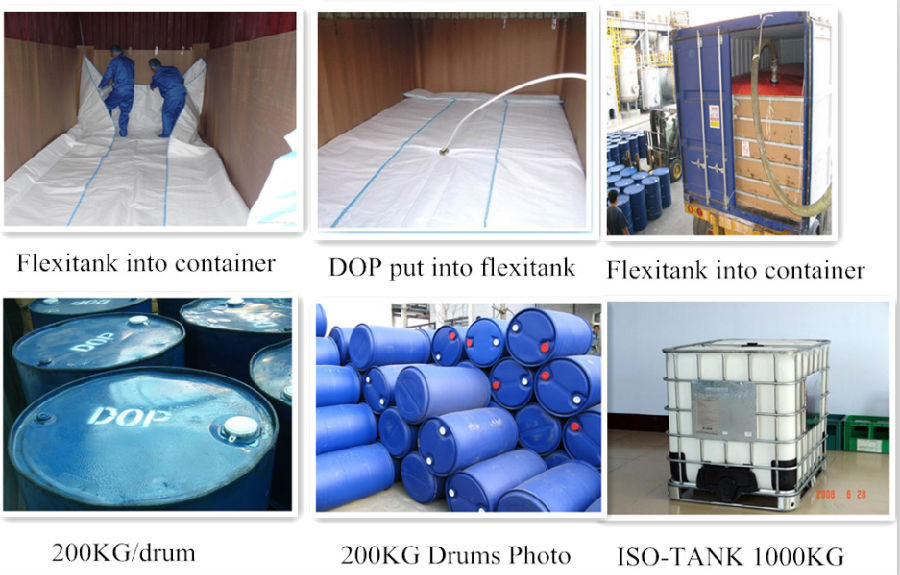 Our Factory:
Our Factory:
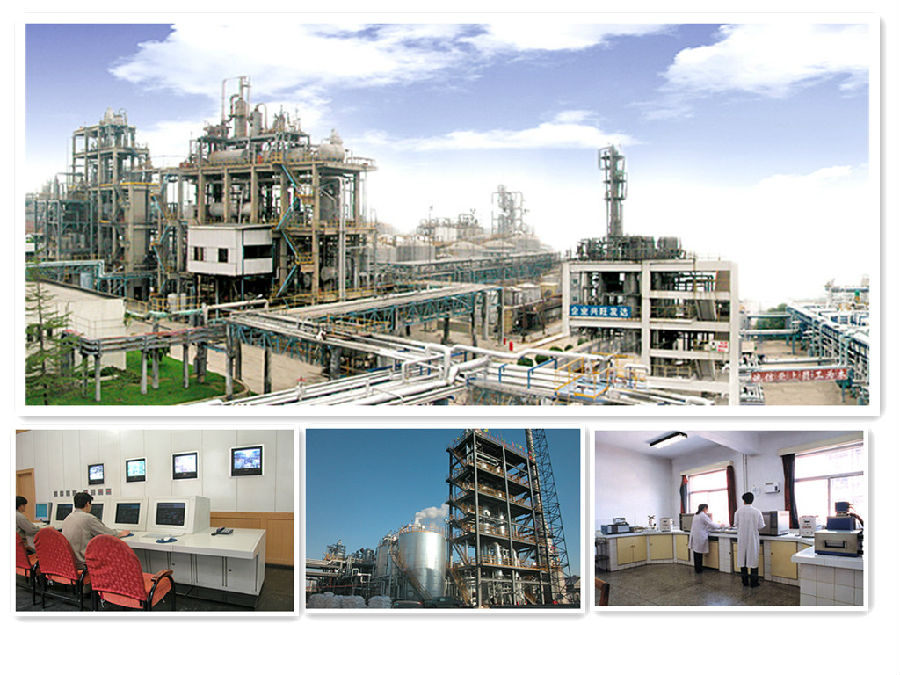
- Q:Is there a catalyst for a chemical reaction?
- There may be many, but some of the catalytic effect of the catalyst is good, and perhaps some of the catalyst has not been found
- Q:A catalyst elevates the rate of a reaction by?
- reducing the energy required for the reactants to reach the transition state.
- Q:Does the nature and quality of the catalyst itself change before and after the chemical reaction?
- Will not change! In fact, the catalyst in the chemical reaction is to participate in the reaction, but in the reaction it not only participate in the reaction, but also generated, and the amount of reaction and the amount of equal, the total amount of the same, this process is more complex, But sometimes the problem will appear, but the information will be very clear, will not affect the problem!
- Q:Pls help me define a catalyst.?
- In chemistry and biology, catalysis is the acceleration (increase in rate) of a chemical reaction by means of a substance, called a catalyst, that is itself not consumed by the overall reaction. The word is derived from the Greek noun κατ?λυσι?, related to the verb καταλ?ειν, meaning to annul or to untie or to pick up. A catalyst provides an alternative route of reaction where the activation energy is lower than the original chemical reaction. Catalysts participate in reactions but are neither reactants nor products of the reaction they catalyze. An exception is the process of autocatalysis where the product of a reaction helps to accelerate the same reaction. They work by providing an alternative pathway for the reaction to occur, thus reducing the activation energy and increasing the reaction rate. More generally, one may at times call anything that accelerates a reaction, without itself being consumed or changed, a catalyst (for example, a catalyst for political change). A good example of a catalyst is in the disproportionation of hydrogen peroxide. Hydrogen peroxide reacts to give water and oxygen gas by itself: 2 H2O2 → 2 H2O + O2 Usually, this reaction is slow. On the addition of manganese dioxide to a dilute solution of hydrogen peroxide, an effervescence is observed, and much oxygen, detectable by a glowing splint, is evolved. The manganese dioxide may be recovered, and re-used indefinitely, thus it is a catalyst — it is not consumed by the reaction. A promoter is an accelerator of catalysis, but not a catalyst by itself. An inhibitor inhibits the working of a catalyst.
- Q:Is it not the rate to accelerate the addition of the catalyst to the catalyst, and that is why the balance does not move
- In the chemical equilibrium, after adding the catalyst, the positive and negative reaction rate increases equally, but the positive reaction rate is still equal to the reverse reaction rate, so the balance does not move
- Q:Why does the chemical and chemical properties change before and after the reaction?
- Catalysts are homogeneous catalysts with heterogeneous catalysts. The heterogeneous catalyst exhibits a reaction in a different phase (e.g., a solid catalyst in a liquid mixing reaction) and a homogeneous catalyst is a reaction in the same phase (for example, a liquid catalyst in a liquid mixing reaction). A simple heterogeneous catalytic reaction involves the addition of a reactant (or en-ch: substrate; zh-tw: subject) adsorbed on the surface of the catalyst, and the bond within the reactant causes a new bond due to the fragility of the bond, But because of the product and the catalyst between
- Q:No one knows the expression of the catalyst and the chemical expression of the acridine
- In organic reactions, the catalyst is complex and consists of several or more. Write Chinese characters directly.
- Q:pls give one or two catalysts that are used in the industry for example:Rhodium catalyst in a catalytic converter of a car or the Iron catalyst for making ammoniaTHANKS :)
- i will tell you the hydrogen and carbonmonixide production in indsutry they will use alumina based nickel catalyst for adsorption of gases, at high temperature it will breaks as small molecules like hydrogen, co2, co,ch4, after they will separate them using carbon molecular seives as catalyst. another catalyst for hydrogenation of double bond is copper chromate for sulphur removal from disel and petrol they will use COMOX ( copper and molybdinum catalyst ) after then pass through zinc sulfide with hydrogen gas , the sulfur will removed as a hydrogen sulfide.
- Q:Please make it simple because I need it for school and please give to examples for the second part Thanx :D
- A catalyst is a substance that speeds up the rate of a chemical reaction with itself being chemically unchanged at the end of the reaction. They are useful as they help to lower the minimum amount of energy needed ( also known as activation energy) to start the reaction. Hence, by lowering the activation energy of the reaction, they help to speed up the rate of reaction. For example, in the Haber process for the manufacture of ammonia, the catalyst iron is added to speed up the rate of reaction between hydrogen gas and nitrogen gas. Otherwise, the reaction would have proceeded much more slowly. Another example is the catalyst nickel used in the manufacture of margarine and vanadium (V) oxide for manufacturing sulfuric acid. As catalyst remain chemically unchanged after a reaction, they can be reused again and hence, they are required in minute amounts. An example is the washing powder used in washing clothes, they help to remove food stains by digesting the proteins in food. They can be reused after each reaction and hence, you do not need to add in the whole packet of washing powder but only a few spoonful.
- Q:What are the methods of catalyst characterization?
- Catalyst characterization is through the physical or chemical detection test means, the structure and nature of the catalyst to give a state description, to help explain the characteristics and characteristics of the catalyst,
1. Manufacturer Overview |
|
|---|---|
| Location | |
| Year Established | |
| Annual Output Value | |
| Main Markets | |
| Company Certifications | |
2. Manufacturer Certificates |
|
|---|---|
| a) Certification Name | |
| Range | |
| Reference | |
| Validity Period | |
3. Manufacturer Capability |
|
|---|---|
| a)Trade Capacity | |
| Nearest Port | |
| Export Percentage | |
| No.of Employees in Trade Department | |
| Language Spoken: | |
| b)Factory Information | |
| Factory Size: | |
| No. of Production Lines | |
| Contract Manufacturing | |
| Product Price Range | |
Send your message to us
Dioctyl Phthalate (DOP) Alternative DEDB for PVC Plasticizer
- Loading Port:
- Tianjin
- Payment Terms:
- TT OR LC
- Min Order Qty:
- 16.8
- Supply Capability:
- 8000 m.t./month
OKorder Service Pledge
OKorder Financial Service
Similar products
New products
Hot products
Hot Searches
Related keywords

